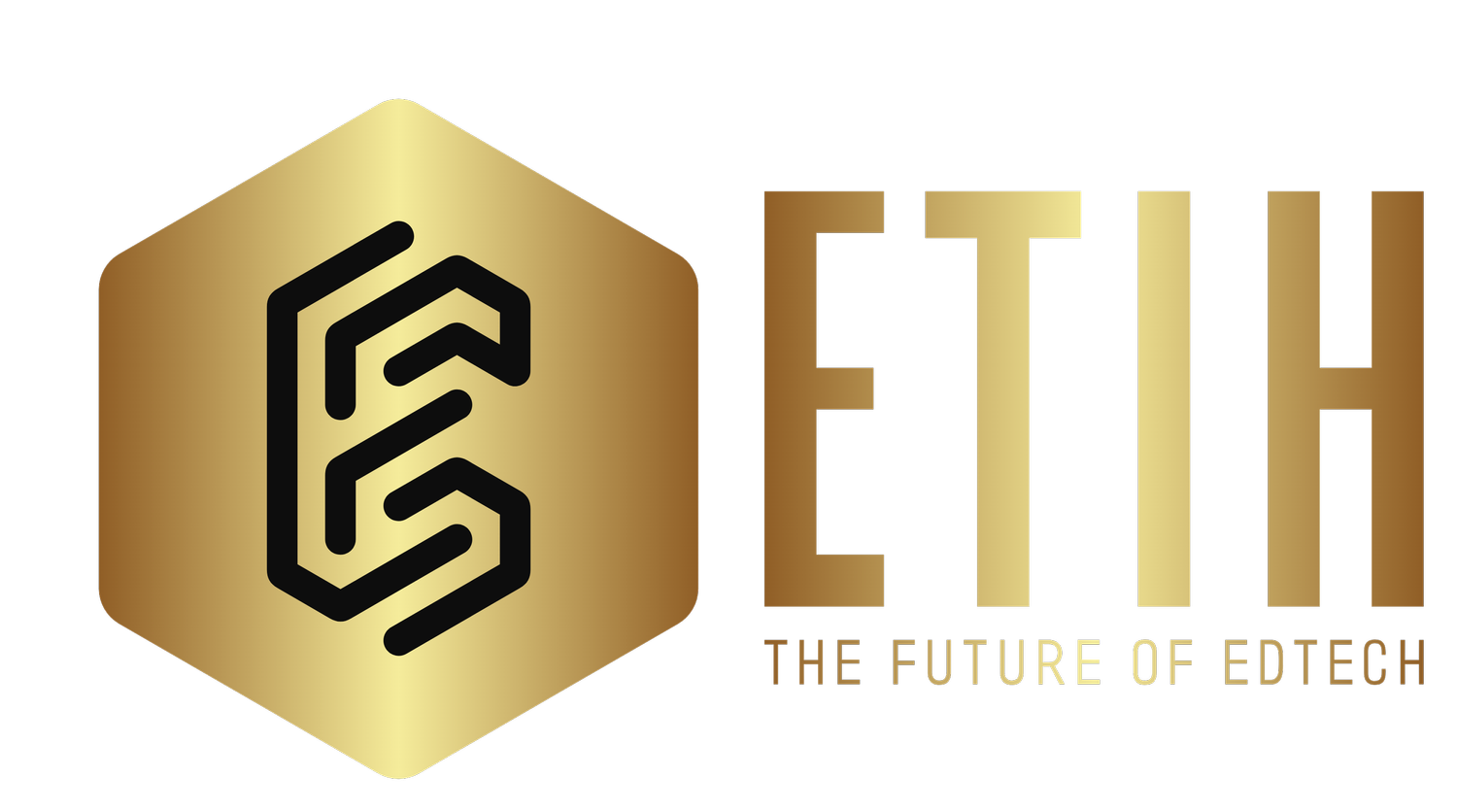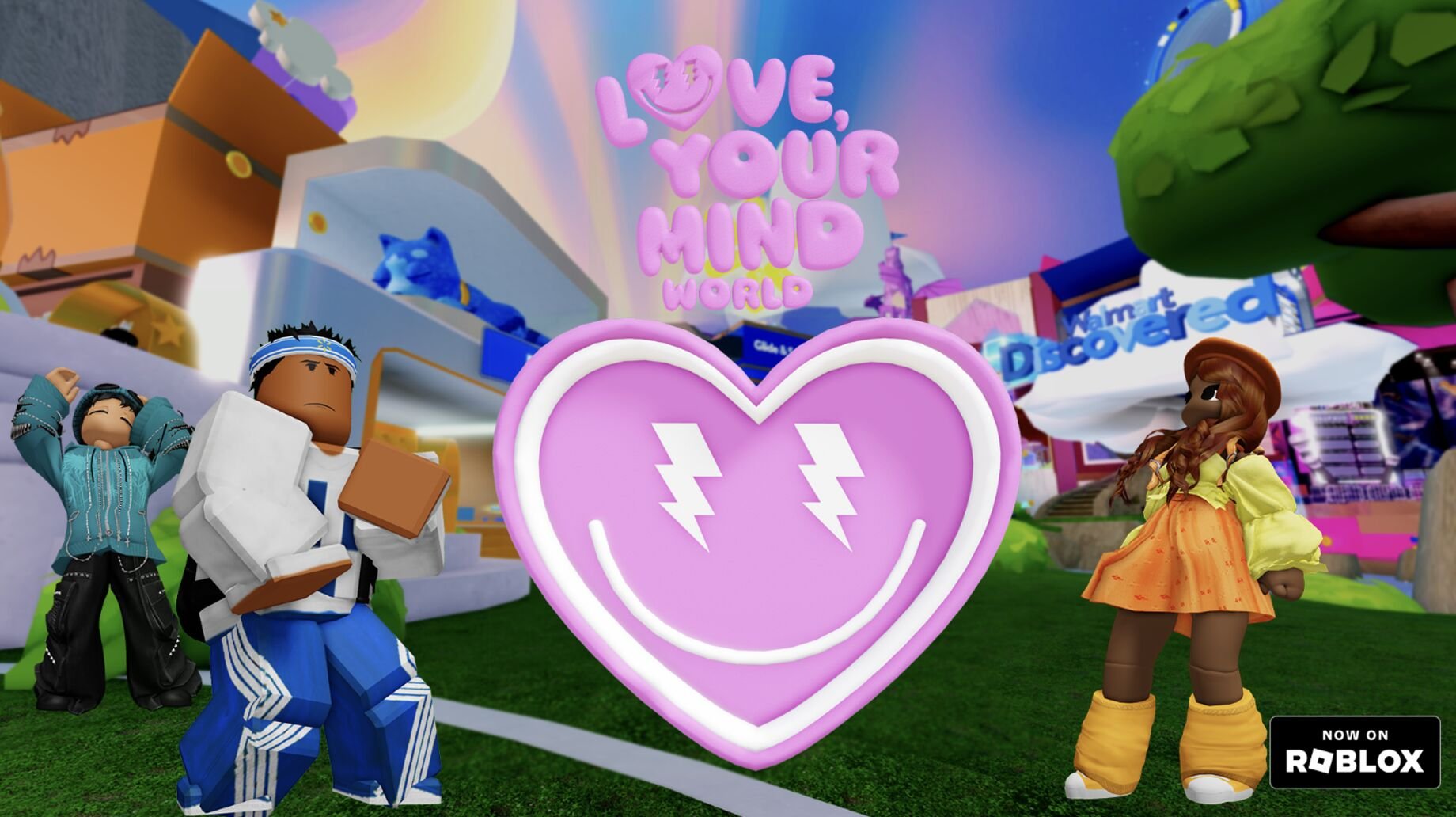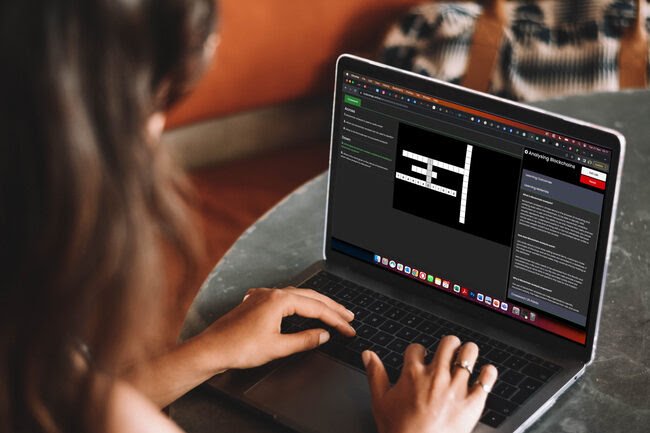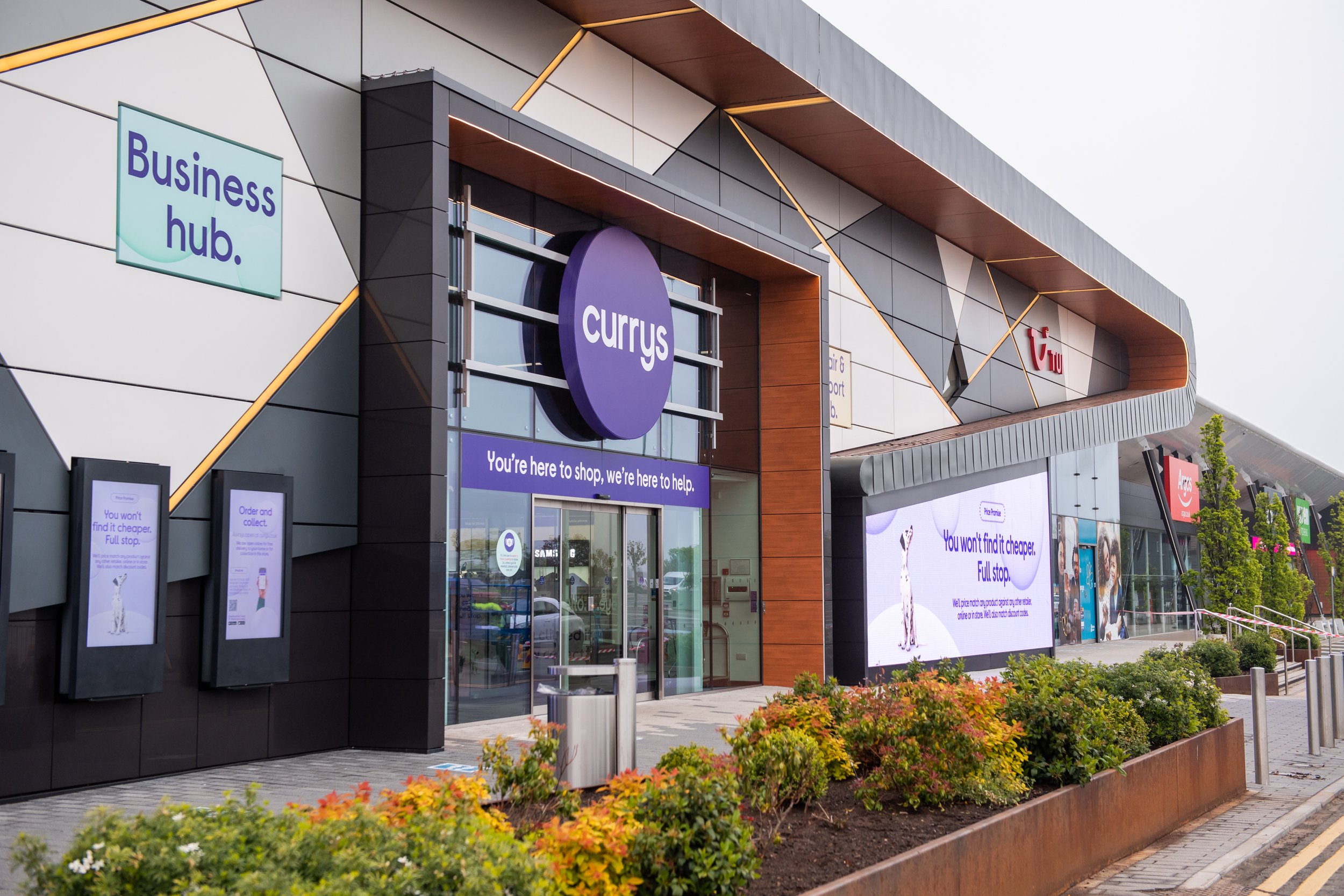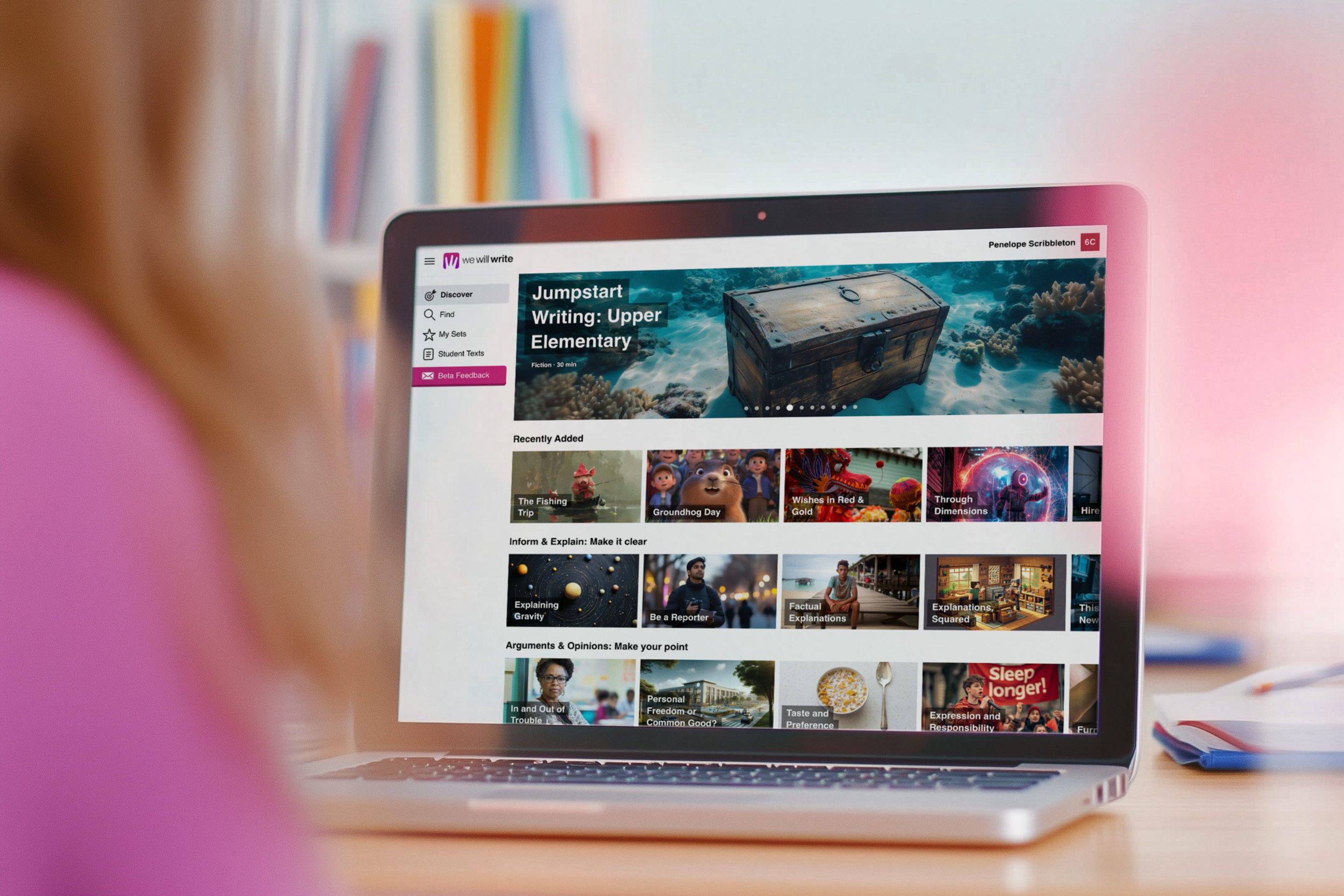How AI and tech can elevate your short film dreams
Producing short films is no simple task. It requires creativity, technical proficiency, and budget. But could technology play an instrumental role? With artificial intelligence (AI) and modern tech innovations, these tools have the potential to change every step of short film production.
Whether experienced directors are taking on their first short or passionate newcomers trying their luck in making cinematic reality. In this article, we will look at how AI and tech are revolutionizing short film production to enable filmmakers to turn dreams into cinematic realities.
Scriptwriting assistance in a flash
Who needs to succumb to the ominous writer's block when AI can assist? Tools such as ChatGPT or Sudowrite make brainstorming and scriptwriting much simpler. These tools can assist in developing plot ideas, recognizing tropes and even writing dialogue that fits the tone and context of your short film. Struggling to come up with an effective narrative?
These tools may be just what you need. Provide your concept to an artificial intelligence (AI), and it can create classic narrative frameworks, like the “Hero's Journey” or three-act structure, tailored specifically for your script. AI tools can also assist in analyzing your screenplay, noting any inconsistencies in tone, pacing or structural mistakes to ensure your script is as polished and compelling as it could possibly be. While AI may never fully replace humans in terms of storytelling ability, it certainly helps you and can become a reliable brainstorming partner in your creative process.
Virtual production on a budget
The time when you need expensive sound stages or sets in order to realize your dream visuals is no more (and the budgeting team thanks you for it). Virtual production tools powered by technologies like Unreal Engine now allow filmmakers to create immersive environments digitally. If you want a bustling futuristic cityscape or an enchanting forest, you can make it happen, all without ever leaving your living room.
Thanks to real-time rendering capabilities, you can adjust settings such as lighting and camera angles instantly with just a few clicks. AI technology makes filmmaking more cost-effective while giving creators unparalleled creative control, helping reduce costly reshoots or production delays. And don't overlook AI's impact in animation tools. AI-powered tools can now generate complex animations or realistic character movements with significantly less manpower, making animated short films more accessible for smaller teams.
Pre-visualization and storyboarding made easier
Not an expert at drawing? Don’t throw in the towel just yet.AI-powered storyboard generators and pre-visualization software have arrived on set to help filmmakers intimidated by sketchbooks. Storyboarder or Blender with AI integration are great tools to use when mocking up shots accurately. Utilizing image-generating AI, these programs enable you to generate reference visuals for characters, settings or entire scenes that you need as visual references for production purposes. MidJourney or DALL-E can bring basic ideas to life with just a quick text prompt. Need a mysterious alleyway in Victorian London with flickering lamps? AI can sketch it instantly. These tools not only save time but provide your team with an easier roadmap that aligns them to your creative vision.
Flip Drones: Here To fulfil your short film dreams
The Flip Drone has revolutionized how filmmakers create engaging visuals for short films, offering filmmakers amazing opportunities to take them even higher than ever before (literally). These compact yet highly capable drones make dynamic aerial shots accessible on even tight production budgets. Flip Drones provide filmmakers of all levels an intuitive solution for capturing stunning footage with ease, thanks to their user-friendly apps, 360 degree rotation capabilities and preprogrammed filming modes.
From novices to experts alike can capture stunning scenes effortlessly using this advanced aerial technology. You could be out there filming stunning panoramic landscape views, stunning rotating shots around characters mid-action or dramatic fly-throughs of detailed sets. All this could be accomplished without needing cranes, bulky equipment, or any additional accessories to do it. Many Flip Drones now come equipped with powerful 4K cameras, advanced stabilization systems and intelligent tracking features that offer seamless footage that gives the impression of being shot in an elaborate studio environment.
Filmmakers can take advantage of their portability by taking their cameras to remote locations, opening up creative opportunities that were previously inaccessible. Flip Drones enable filmmakers to focus on storytelling rather than technical details by offering AI-assisted flight modes such as path planning and obstacle avoidance. Utilizing this cutting-edge tech, filmmakers can produce visually dynamic short films that engage their audiences while taking your cinematic vision to cinematic heights.
Casting, costumes, and character flair
Finding actors for your short film can be frustrating and very time consuming, but technology could make this task simpler. Modern casting platforms utilize cutting-edge AI algorithms to connect filmmakers with actors that meet very specific criteria. Casting tools make casting simpler, leaving more time for other aspects of production. They help identify age, voice type, physical characteristics and acting styles which help narrow your search down more accurately and save you time on production duties. Costume designers can use AI-powered tools to create wardrobes that perfectly reflect each character's personality, historical period and cultural background.
Beyond traditional approaches, some filmmakers have begun exploring digitally generated characters. While this technique might not fit every genre, it exemplifies how cutting-edge technology is revolutionizing storytelling. For filmmakers working on sci-fi or fantasy movies, using AI-enhanced costumes or virtual characters opens up new avenues of creativity. Combining futuristic designs and character concepts with cutting-edge tools can bring your vision to life in ways you could never have anticipated before. Blending traditional artistry with these types of technology, it enables filmmakers to bring out the full potential of cinematic storytelling while captivating their audiences and pushing its limits further than ever.
Perfecting cinematic visuals with AI
Are you an absolute visual perfectionist? AI-powered editing tools can bring the magical element to your scenes. Platforms like DaVinci Resolve and Adobe Premiere can provide AI-enhanced color correction, shot stabilization, matching, and scene synchronization tools that can make film editing seamless and professional-looking.
In addition, AI also helps facilitate VFX integration. If explosions, alien landscapes or stormy skies are part of your storyboard, tools such as Runway ML or Deep Art Effects can create stunning photorealistic effects without breaking your budget. Once upon a time expensive post-production processes can now be accomplished more easily by all independent filmmakers, opening up the door for more ambitious projects to come to life that may otherwise take months of costly post-production.
Smarter soundscapes and music
Film audio is just as important to your films overall success, and technology ensures you find the ideal soundscape for your film project. AI-assisted music-generation tools like AIVA or Amper Music allow filmmakers to easily craft customized soundtracks that perfectly align with their story. Simply input the desired mood you are going for, be it suspenseful, romantic or adventurous, and these algorithms generate an original track to complement it. Descript's advanced sound design platform features include voice isolation, noise reduction and voice-over creation to enable you to effortlessly create great professional-quality audio recordings. AI-powered libraries are gold when working within a tight budget and searching for the perfect sound effects. Their intelligent software analyzes your scene to suggest fitting samples that will seamlessly blend into your mix. AI tools make high-quality audio more accessible to creators of all levels, helping filmmakers craft immersive auditory experiences that hook in their audiences and transform scenes into unforgettable moments.
Marketing and distribution made easier
Producing a short film is only half the battle. Getting it out into the world can be tough, but technology has your back here too. AI can evaluate your film to create captivating trailers, promotional materials and social media ads tailored specifically towards the target audience you want to see your film.
PosterMyWall and smart advertising tools like Facebook's Meta AI can work together to ensure that your short film reaches cinephiles and industry professionals alike. Automating repetitive tasks-email outreach, social media scheduling, and audience targeting can free up more of your time for what matters most. Technology also gives creators access to global audiences. Vimeo, YouTube and festival sites offer global distribution platforms where short films can be uploaded directly using AI optimization suggestions for uploads, thus helping projects gain visibility where it matters while opening doors to wider recognition opportunities.
A future full of possibilities
Artificial intelligence and filmmaking technology have just begun combining, yet its potential is immense. Even low-budget filmmakers can now utilize these tools to produce visually striking films with captivating stories that resonate with audiences worldwide. AI technology doesn't replace human creativity. Rather, it enhances it, enabling creators to push artistic limits further than ever before.
Technology is revolutionizing every stage of filmmaking, from script revision with AI-powered writing assistants to post-production edits and visual effects. Filmmakers can now focus on creativity while automating tedious or technical tasks with ease. Marketing and distribution technologies have also seen great advances, with AI analyzing audience preferences to offer insights that maximize visibility for any narrative or experimental piece. These technologies serve as a bridge between creative ambition and execution. By combining artistic vision with innovative tools, filmmakers can use AI as a form of self-expression to transform sketched-out ideas into cinematic masterpieces.
Conclusion
AI won't replace your passion or creativity, but it can do much of the heavy lifting so you have more time and energy for what matters - your art. Through collaboration with cutting-edge systems, filmmakers have reduced costs, worked efficiently and reached new creative heights. So the next time you pick up a camera consider AI as your assistant director. Not only could it save time and energy, it may also help fund your short film dreams more efficiently than if handled manually.
